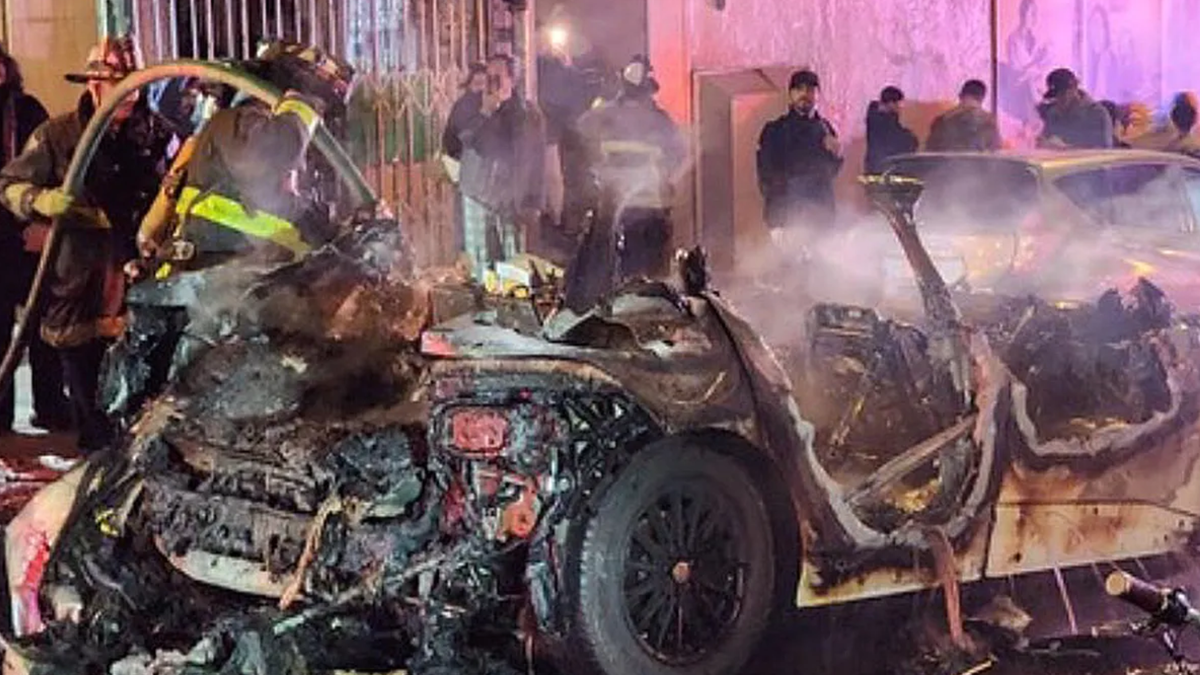Teenager Identified as Perpetrator in Waymo Self-Driving Car Arson Incident
In a distressing turn of events earlier this year in San Francisco, a Waymo self-driving vehicle fell victim to arson at the hands of a juvenile, as confirmed by the San Francisco Police Department. The shocking act, which unfolded in the city’s Chinatown district back in February, culminated in the car being defaced and subsequently set ablaze. Disturbing video evidence of the occurrence vividly depicts a group of individuals engaging in destructive behavior towards the autonomous vehicle, culminating in one individual instigating the incendiary act by hurling a firework into the vehicle and igniting a destructive flame that engulfed the car.
Following a comprehensive investigation led by the SFPD Arson Task Force, a 14-year-old suspect was identified as the individual directly responsible for the malevolent act. Law enforcement authorities executed a search warrant at the teenager’s residence, leading to the procurement of incriminating evidence that resulted in the filing of criminal charges by the District Attorney’s Office. Due to the suspect’s status as a minor, their identity has been withheld from the public. The incident represents a grim chapter in the ongoing discord between the burgeoning autonomous vehicle community and certain factions of the local populace in San Francisco.
Escalating Tensions Between Autonomous Vehicles and Local Residents
The cataclysmic destruction of the Waymo vehicle unfolded against a backdrop of escalating tensions between the surging presence of autonomous vehicles and segments of the San Francisco community. With the state of California authorizing a significant expansion of commercial robotaxi services in the city, a notable subset of San Franciscans has adopted an adversarial stance towards these technological marvels, viewing them as intruders to be forcefully repelled.
Instances of opposition and aggression towards autonomous vehicles have been on the rise, with various protests and demonstrations staged in objection to their proliferation within city limits. Last year, the Safe Street Rebels, an activist collective, resorted to obstructing robotaxis’ paths through the strategic placement of traffic cones, underscoring the palpable dissent towards this technological advancement. Furthermore, acts of physical violence, such as the vandalization of a Cruise taxi’s windshield with a hammer and the tragic incident involving a woman being struck and dragged by a GM Cruise robotaxi, serve as harrowing examples of the growing rift between autonomous vehicles and local residents.
The vehicular assault incidents have triggered temporary operational halts and executive resignations within the autonomous vehicle companies, marking a poignant moment in the fraught relationship between cutting-edge technology and traditional human sensibilities.
Image/Photo credit: source url





